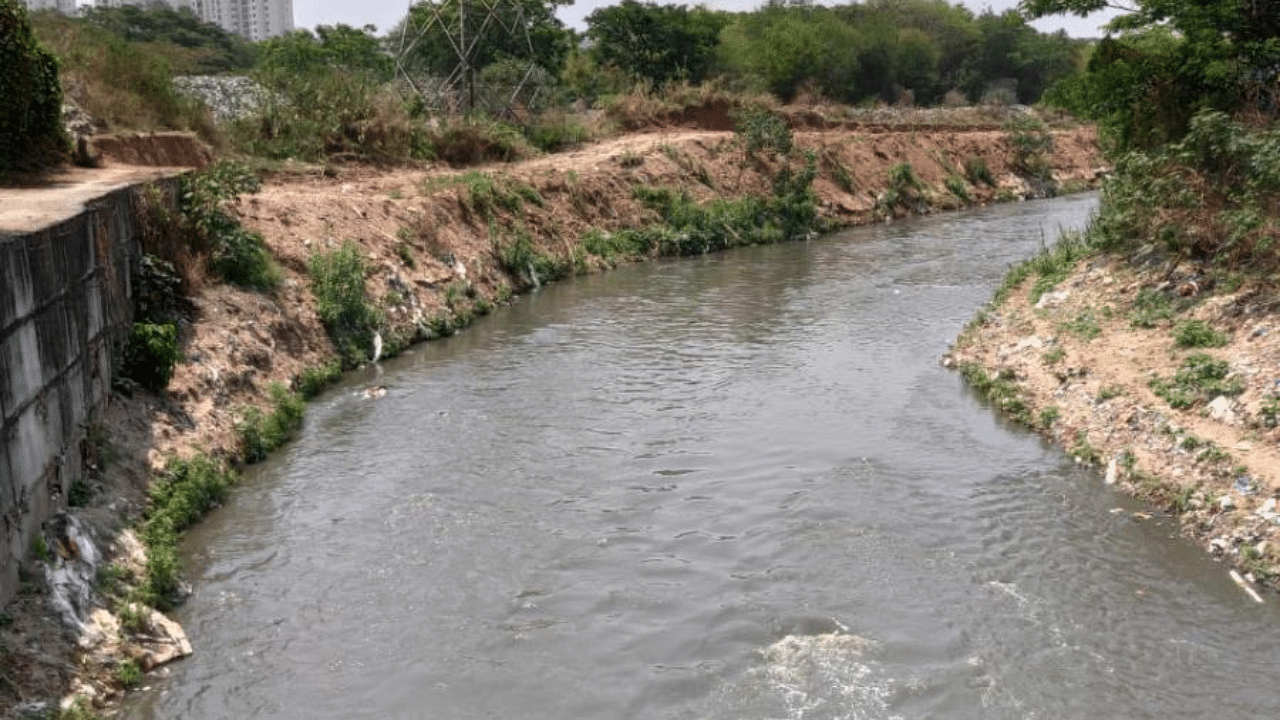
The recent lockdown has brought in unprecedented benefits to our environment. Citizens and scientists across the world have reported improvements in water and air quality. However, Deccan Herald published the outcome of a water quality survey carried out by Karnataka State Pollution Control Board (KSPCB) during the lockdown. Interestingly, the study reported no significant improvements in the quality of Vrishabhavathi river.
It also stated that the water quality continues to fall under Category-E, the worst category as per Central Pollution Control Board (CPCB). The findings contradicted the evidence circulated by the citizens, which showed considerable improvements in the quality of the river.
This makes one think as to why the data presented by KSPCB does not correlate with what citizens have been observing so far. The answer lies in the basic conceptualisation of water quality classification and the approach deployed for data collection.
The first step is to understand the classification of water bodies based on the use-values. The CPCB has classified water bodies in five broad categories: Category A - Fit for drinking water source with chlorination; Category B - Fit for bathing and recreation; Category C - Fit for drinking with conventional treatment; Category D - Fit for fish propagation; and Category E - Fit for irrigation and control disposal.
Each use-value has corresponding water quality criteria. For example, water with pH (acidity) levels (6.5-8.5), (organic matter content) BOD5 < 3 mg/l, Total Coliforms< 500 M PN/100ml and Dissolved Oxygen ≥5 mg/l fall under Category A. Similarly, water with pH between 6.0 and 8.5, Electrical Conductivity ≤ 2250 µ mhos/cm, Sodium absorption Ratio ≤ 26, Boron ≤ 2mg/l fall under Category E.
This categorisation helps with the identification of suitability of a waterbody for its designated use but is not helpful in tracking quantitative improvements in water quality, especially from industrial effluents. Moreover, Category E covers such a wide range of values that even a significant improvement in BOD5 from 300 to 60, would not change the categorisation of the water body.
Vrishabhavathi is one of the urban rivers that originate from Bengaluru city and receives about 600 Million Litres per Day (MLD) of untreated industrial and domestic wastewater. Of this, streams draining from the Peenya Industrial Area contribute 120 MLD. With rapid urbanisation, BOD5 in the river has always been greater than 3mg/l, and hence has always been placed under category E.
Researchers at ATREE compared the quality of the river during pre-Covid (2015-16) and lockdown period (April 19, 2020). The data indicates a 66% reduction in BOD5 (reflect organic contamination - domestic sources) and 44% reduction in COD (reflects organic and chemical contamination-domestic and industrial sources) levels in the stream draining Peenya.
Despite the river being in Category E, data suggested significant improvement in water quality. At Sumanahalli, the BOD5 levels dropped from an average of 211mg/l (2015-16) to 44mg/l. At Bangalore University, BOD5 levels dropped from 181mg/l (2015-16) to 85mg/l. A similar reduction was observed in COD (Chemical Oxygen Demand) levels as well. The analysis suggested that in the absence of industrial pollution, the self-assimilation capacity of the river improved significantly, which contributed to improved water quality.
The KSPCB is monitoring Heavy Metals (HMs) in Vrishabhavathi since 2008. Monitoring HMs is important because of their direct correlation with chronic illnesses and medical conditions. In spite of this, HMs don’t find a way to the list of parameters for categorisation of water bodies. For monitoring, KSPCB collects water samples monthly once, mostly during working hours and on weekdays. While they routinely track and report HM, farmers downstream continue to suffer from health issues and crop samples show evidence of HMs assimilation. Therefore, the question arises on the robustness of HM monitoring in the river.
Sampling approach
One problem is the sampling approach. The previous ATREE study revealed that industries discharge effluents during the wee hours. In that case, monitoring grab samples during pre-Covid and lockdown period will not reflect the contribution of industrial discharges on the quality of the river.
A second problem is the absence of standards. Tracking HM in water bodies without a goal doesn’t serve any purpose. In the absence of ambient standards, how is KSPCB supposed to regulate HM levels in water?
Taking examples from the medical field, the typical approach to managing sugar levels includes knowing the sugar levels of a healthy person (goal setting), assessing the sugar levels of the patient (monitoring), followed a by treatment plan (management plan) and then regular progress monitoring to assess the efficacy of the plan (continuous monitoring and fine tuning).
Drawing from the above, we need to take a similar end-to-end approach for managing water quality. While we tend to do each in some capacity, there needs to a comprehensive plan rather than a piecemeal approach. 1. Instead of putting a label for the current water use, KSPCB should present the data on pollutant levels observed in the water body.
There is an urgent need to develop an approach to designate use-values to urban streams. This will help policymakers to set goals and develop management plans for water quality improvement. 3. There is a need to set acceptable ambient levels of HMs in urban streams receiving industrial effluents. Finally, instead of grab samples, composite samples should be collected and analysed once every month. This will help in assessing the efficacy of interventions on water quality.
(The writer is with ATREE)